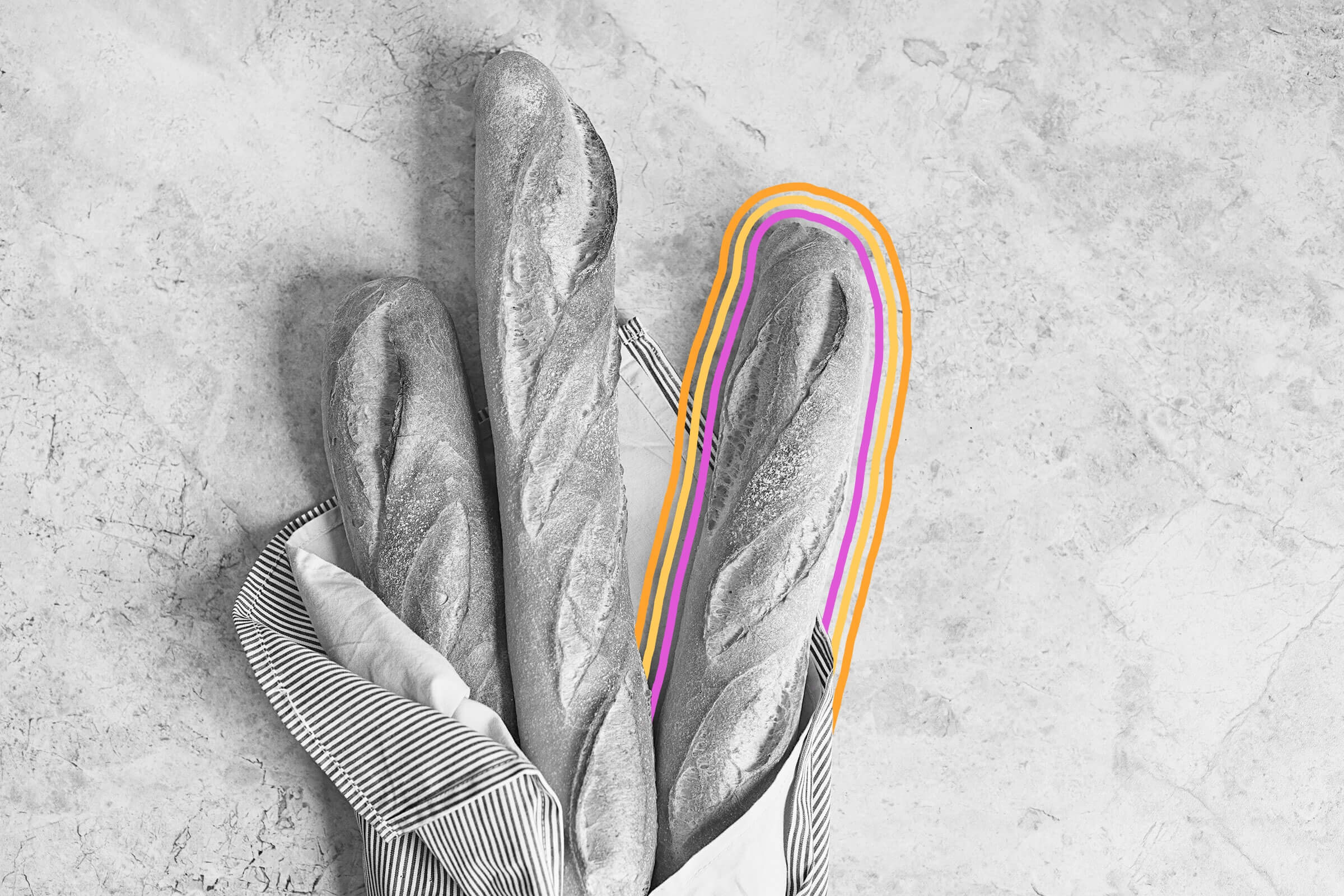| The Japanese electronics company Sharp is named after the world's first __. |  |
|
|
 | Numbers Don't Lie |
|
 | | Year the first patent for attaching an eraser to a pencil was issued | | 1858 |
|
|  | | Amount sales rose in two weeks when a Missouri bakery used the world's first bread slicer in 1928 | | 2,000% |
|
|
|
 | | Sales of fresh bread and rolls at U.S. bakeries in 2020 | | $14 billion |
|
|  | | Pounds per square inch of pressure needed to create graphite in the Earth's crust | | 75,000 |
|
|
|
|
|
 | Yellow pencils were first marketed as a luxury item. |
|
| When someone says "pencil," a slender, yellow stylus topped with a pink eraser likely comes to mind — evidence that a 120-year-old ad campaign is still hard at work. In 1899, hoping to differentiate its pencils from the rest, a Czech manufacturing company named Hardtmuth Pencil decided to paint its "luxury pencil" yellow. At the time, painted pencils were usually red, purple, or black, since darker colors covered up imperfections. Yet Hardtmuth wanted to advertise its top-of-the-line graphite sourced from Siberia. The company went with yellow because of the color's long association with royalty in China (Siberia's next-door neighbor). Soon, other companies followed suit, and the yellow pencil became ubiquitous around the world. | | |
|
|
|
| You might also like | | 6 Fresh Facts About Bread | | Learn more about everyone's favorite starch-filled staple with these six amazing facts about bread, from the chemical reactions occurring in your oven to the world-changing events it inspired. |  |
|  |
|
|
|
|
|
0 Comments:
Post a Comment
<< Home